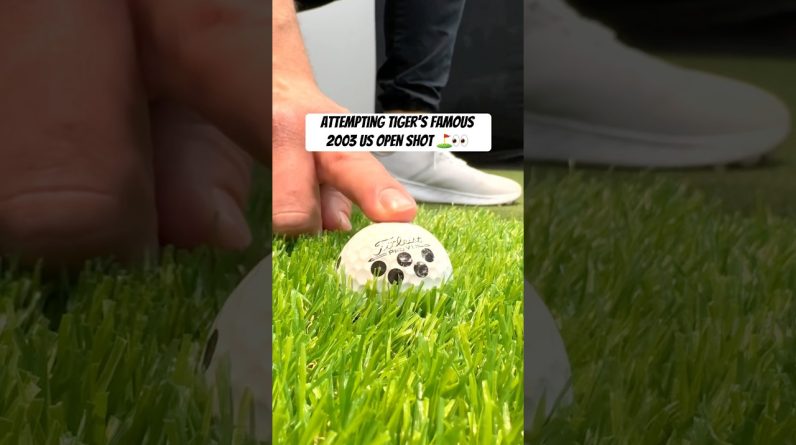How too Draw the Golf Ball! ️️⤴️
Drawing a golf ball is a fun and rewarding artistic project, whether you’re a beginner or an experienced sketch artist looking to master a new object with its unique texture and shape. In this guide, you’ll learn how to capture the iconic spherical shape and textured dimples that make a golf ball instantly recognizable. Let’s dive into the step-by-step process, essential tips, and practical advice to help you master this classic sports item on paper!
Understanding the Golf Ball’s Shape and Texture
Before grabbing your pencil, it’s important to understand what you’re drawing. A golf ball is essentially a perfect sphere covered with hundreds of small dimples arranged in specific patterns that reduce air resistance during play. This dimple pattern is what makes the golf ball visually distinct and challenging to draw.
Key Characteristics of a Golf Ball
- Shape: Perfect sphere
- Surface: Hundreds of small dimples, typically circular indentations
- Material: Generally white, made of synthetic rubber or resin
- Size: Approximately 1.68 inches (42.67 mm) in diameter
Materials Needed to Draw the golf Ball
- Drawing paper or sketchbook
- Graphite pencils (2B, 4B, 6B recommended)
- Eraser (kneaded and precision tip recommended)
- Blending tools (tortillon or blending stump)
- Ruler or compass (optional for perfect circle)
- Fine-tip black pen or marker (optional for outlining)
- White gel pen (optional for highlights)
Step-by-Step Guide: How to Draw the Golf Ball
Step 1: Sketch the Basic Circle
Start by drawing a perfect circle for the golf ball’s outline. You can freehand this or use a compass to ensure accuracy. This circle represents the ball’s spherical shape and is the foundation of your drawing.
Step 2: Add Light Guidelines for Dimples
Lightly draw gentle curved horizontal and vertical guidelines across the circle. These will help you evenly space the dimples and maintain the spherical illusion as you place them.
Step 3: Draw the Dimples
Begin sketching small circles or oval shapes along the guidelines. The dimples should be uniform in size to start but can vary slightly in placement to look more natural. Concentrate more dimples at the center and fewer toward the edges to convey outlook.
Step 4: add Depth to Dimples with Shading
Using a softer pencil (4B or 6B), shade one side of each dimple to add depth, making them appear recessed. The shading direction should be consistent, suggesting a single light source.
Step 5: Shade the Golf Ball’s spherical Surface
Lightly shade the ball’s surface to create the illusion of roundness. Use blending tools to soften your transitions and avoid harsh lines. The side opposite the light source should be darker.
Step 6: Refine and Add Highlights
Erase any unneeded guidelines or sketch marks. Add small highlights on dimples and the golf ball’s surface using a white gel pen or carefully leaving areas white.
Step 7: Final Touches
Optionally, outline the golf ball with a fine-tip pen for emphasis, or deepen the shadows to create contrast. Check balance and symmetry for your final polish.
Pro Tips for Drawing Realistic Golf Balls
- Use Reference Images: Look at high-resolution photos of golf balls to capture dimple detail and light play.
- Focus on Light Source: Consistent shading relative to your light source is key to making the ball look 3D.
- Vary Dimple Size Slightly: In reality, not all dimples are perfectly circular; mimicking this enhances realism.
- Practice Different Perspectives: Challenge yourself by sketching golf balls at angles rather than just front-on.
- Layer Your Shading: Build up layers gradually rather than pressing hard from the start.
Common Mistakes to Avoid When Drawing a Golf Ball
| Mistake | How to Avoid |
|---|---|
| Uneven or inconsistent circle outline | Use a compass or draw lightly with pencil first, then finalize. |
| Dimples that look flat or random | Use guidelines for consistent spacing and add shading for depth. |
| Ignoring light source | Decide on the light direction early and keep shading consistent. |
| no shading on the ball’s surface | Shade gradually to show roundness and volume. |
| Overcrowding dimples near edges | Reduce dimple size and quantity near edges for perspective realism. |
Benefits of Mastering How to Draw a golf Ball
While drawing a golf ball might seem niche, practicing this skill delivers several creative benefits:
- Improves attention to detail: Capturing tiny dimples sharpens observational skills.
- Enhances shading techniques: Working with light and shadow on a sphere builds your value shading ability.
- Boosts spatial awareness: Understanding 3D shapes on 2D paper is key in artistic progress.
- Prepares for complex drawings: Mastering repetitive patterns helps with drawing textures and surfaces.
Practical Tips: How to Incorporate Golf Ball Drawing into Your Art Practice
- Draw Daily: Even quick 10-minute sessions improve precision.
- Combine with Sports Art: Draw golf balls along with clubs, tees, and players to create sports-themed artwork.
- Create Shadow Studies: Use the golf ball sketch as practice for dynamic lighting exercises.
- use Different Mediums: Try colored pencils or digital drawing software to explore new textures.
- Join Art Communities: Share your golf ball drawings online for feedback and inspiration.
First-Hand Experience: Tips from an Artist
As an experienced artist who has tackled drawing sports equipment,I recommend patience and layering your shading gradually. The golf ball’s dimples can feel overwhelming at first, but breaking them down into clusters and focusing on one section at a time makes the task manageable. Using a blending stump really helps soften the shadows inside dimples, while a white gel pen brings out the reflective highlights beautifully.
Don’t rush the drawing. Take periodic breaks and observe your work from a distance—that new perspective helps spot uneven areas or shading inconsistencies. Lastly, keep practicing different angles and lighting conditions; it’s the best way to gain true mastery over rendering spherical objects with texture.







